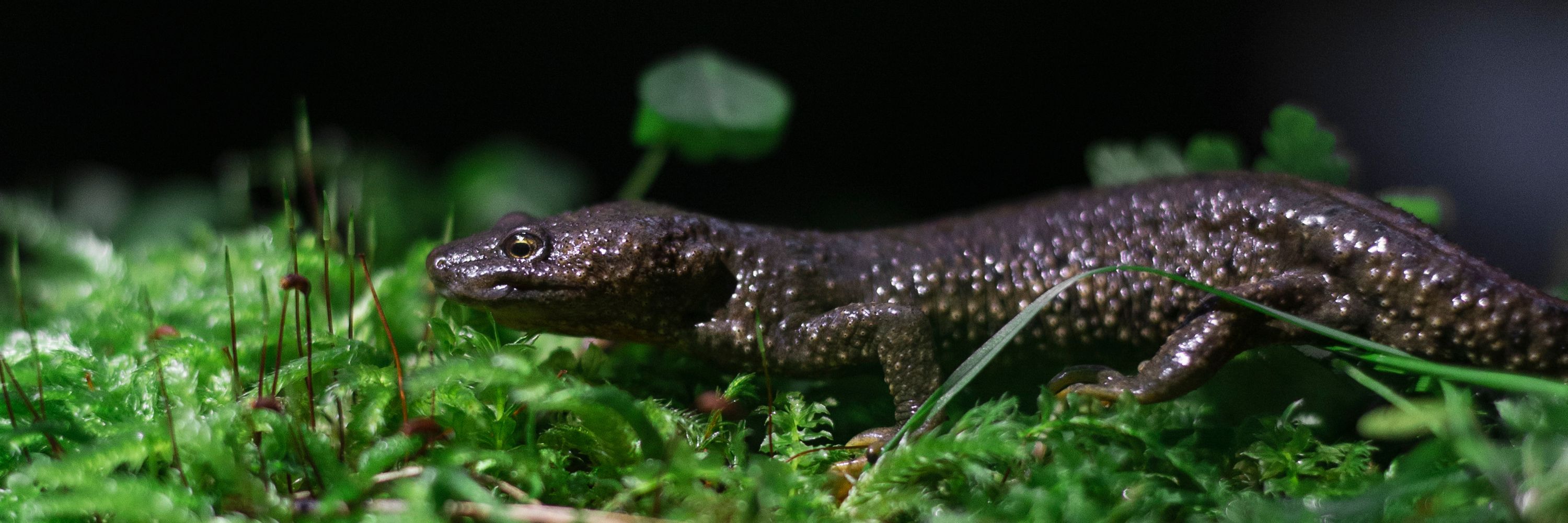
Herbivore 🌱

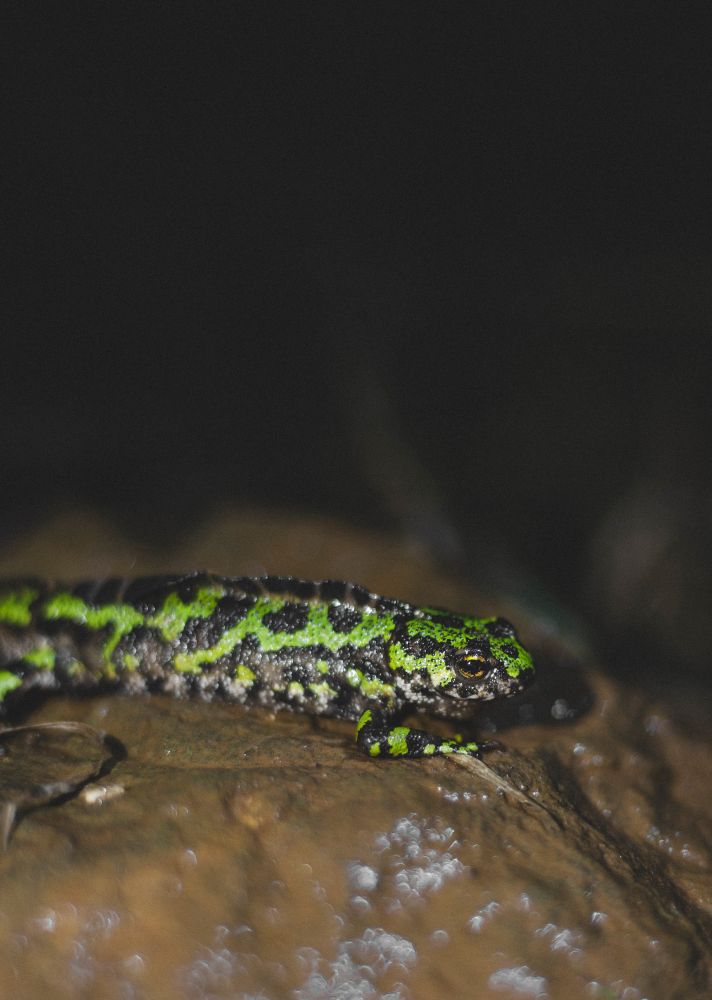
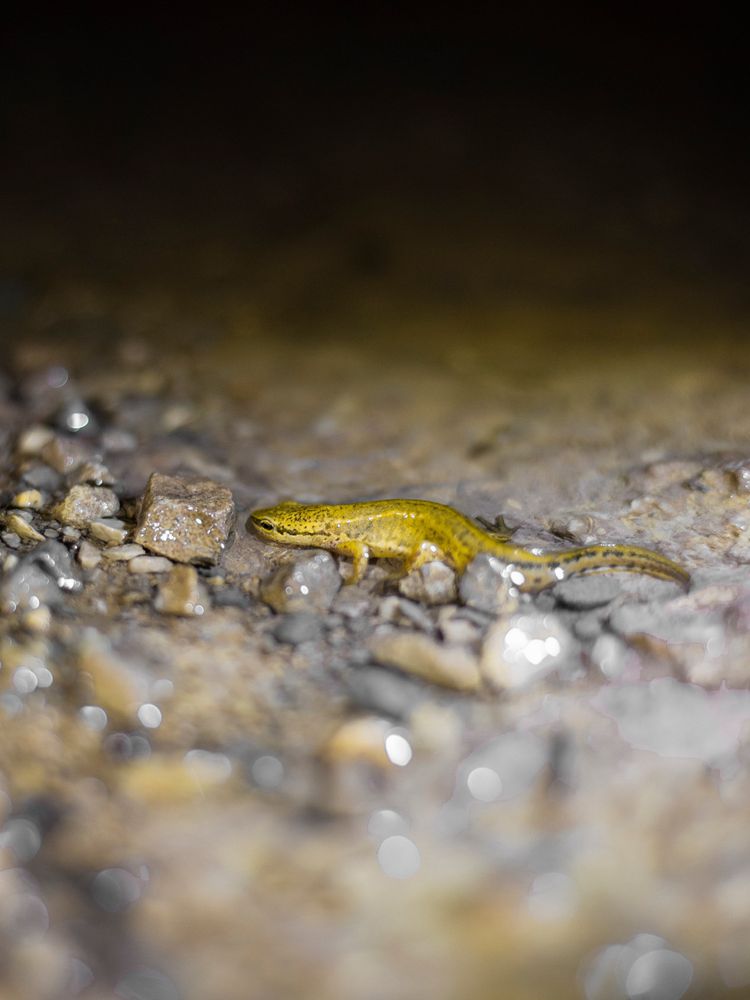
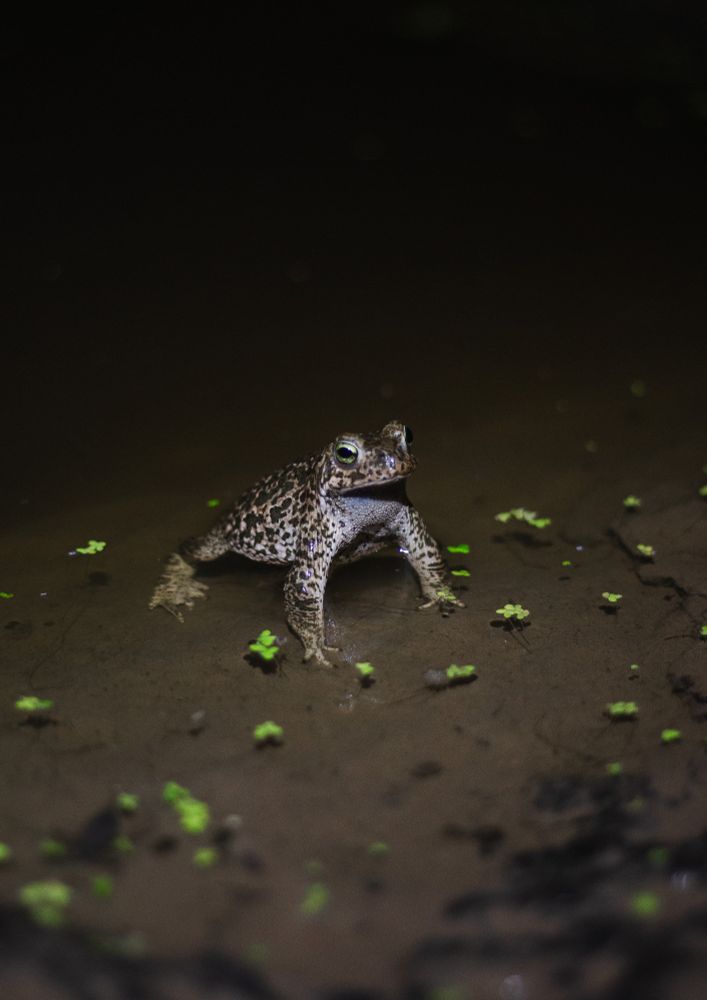
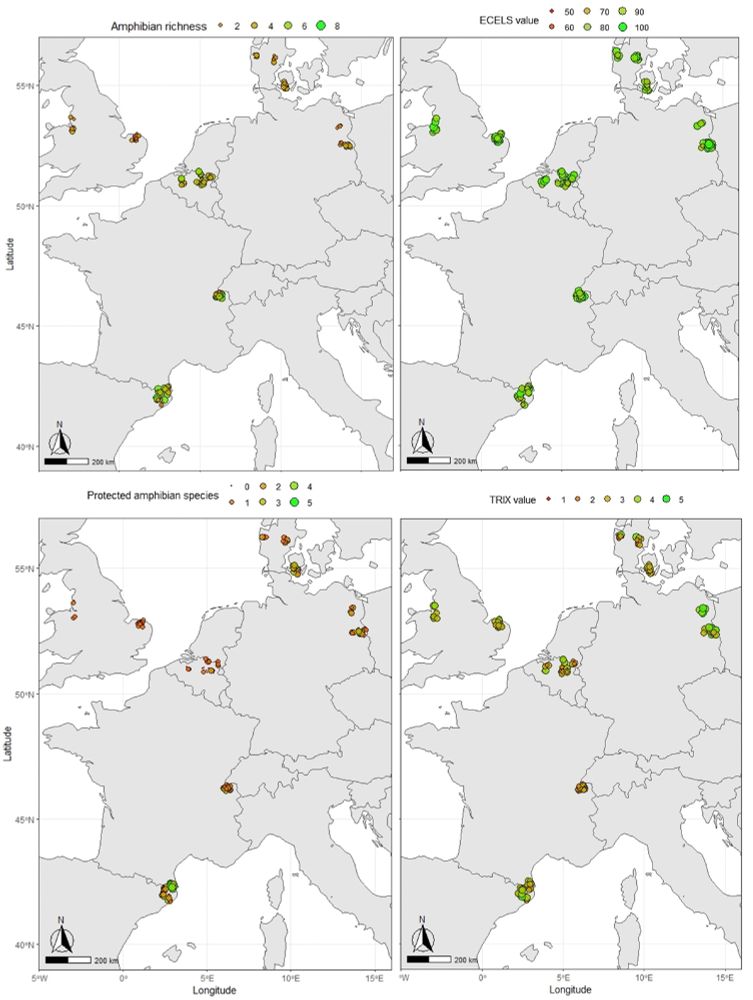
Chl-a is kind of a proxy for eutrophication, which promotes pathogenic infections and overall less survival chances for both eggs and tadpoles. Plus, highly eutrophic ponds have less oxygen so that's a big problem in agricultural ponds.
Regarding crayfish, we have no data :(
Chl-a is kind of a proxy for eutrophication, which promotes pathogenic infections and overall less survival chances for both eggs and tadpoles. Plus, highly eutrophic ponds have less oxygen so that's a big problem in agricultural ponds.
Regarding crayfish, we have no data :(
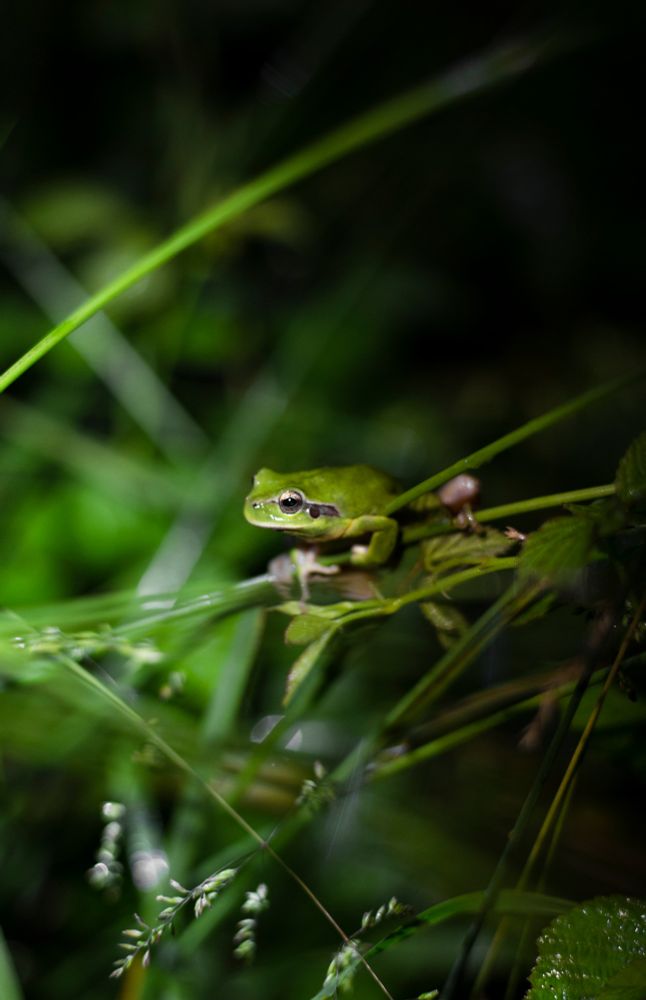
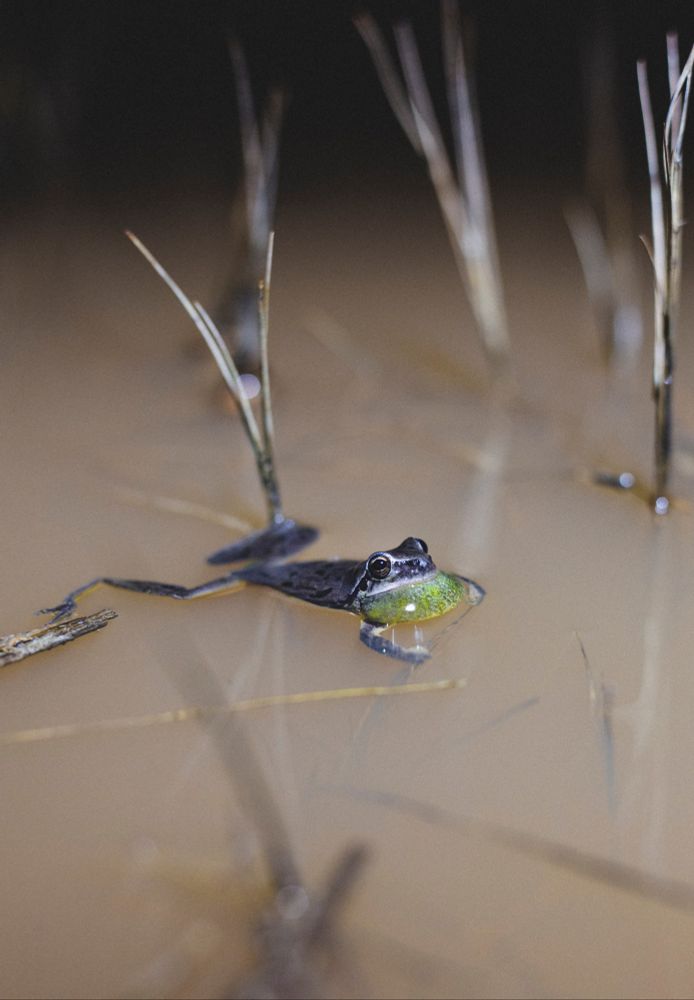
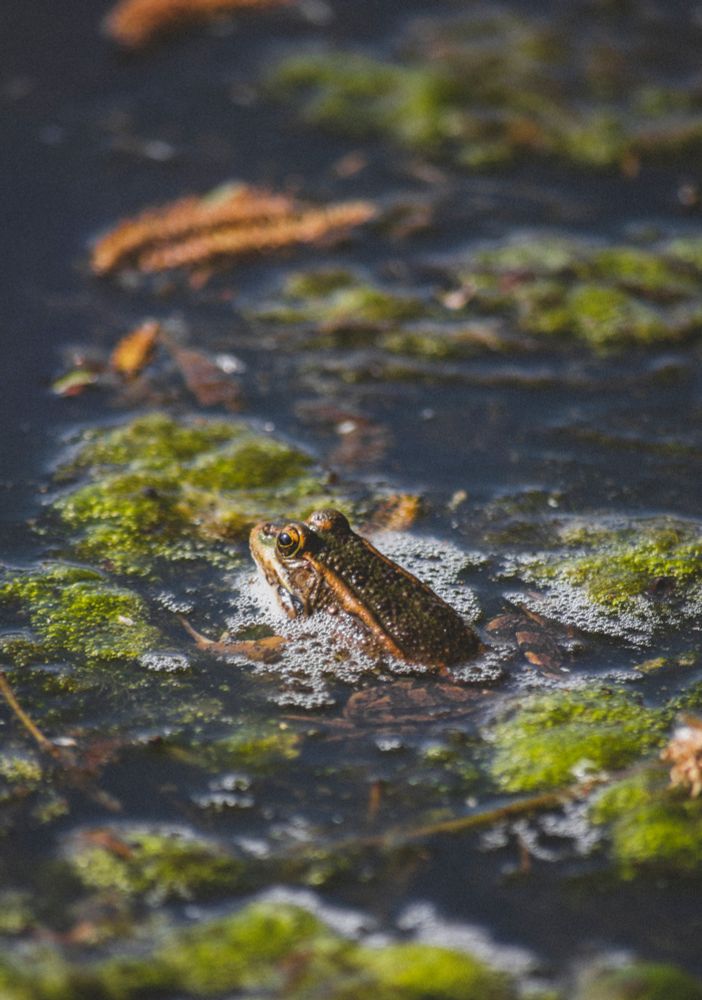
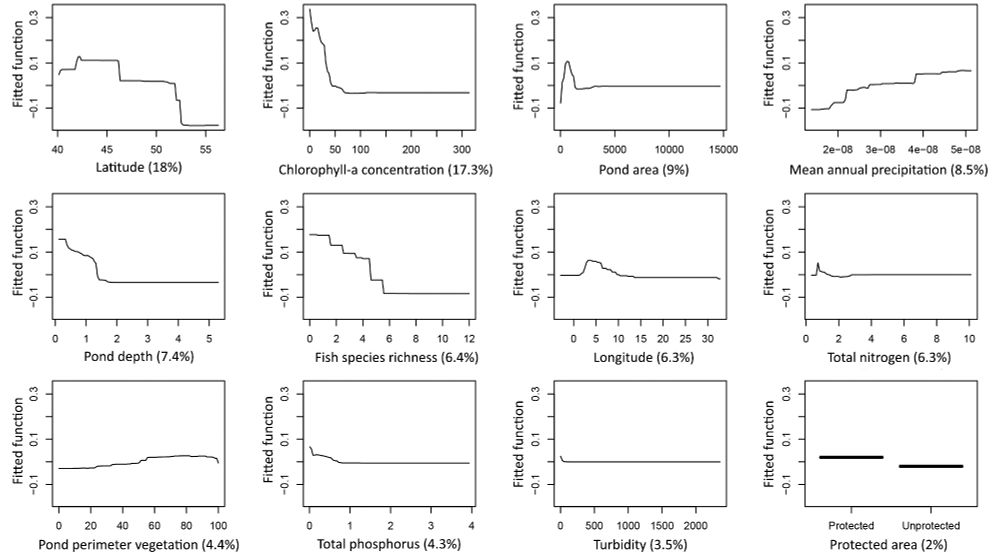

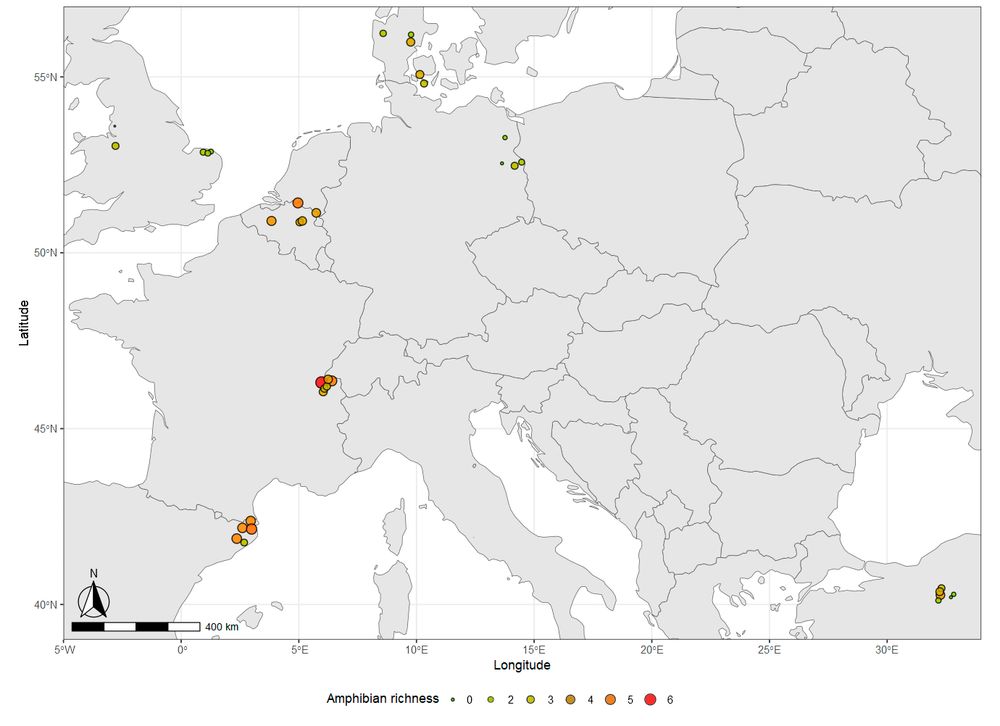
500px.com/p/Alex_LS?vi...
500px.com/p/Alex_LS?vi...

